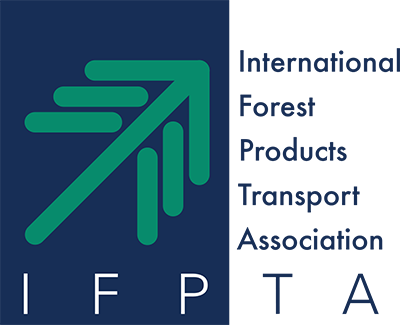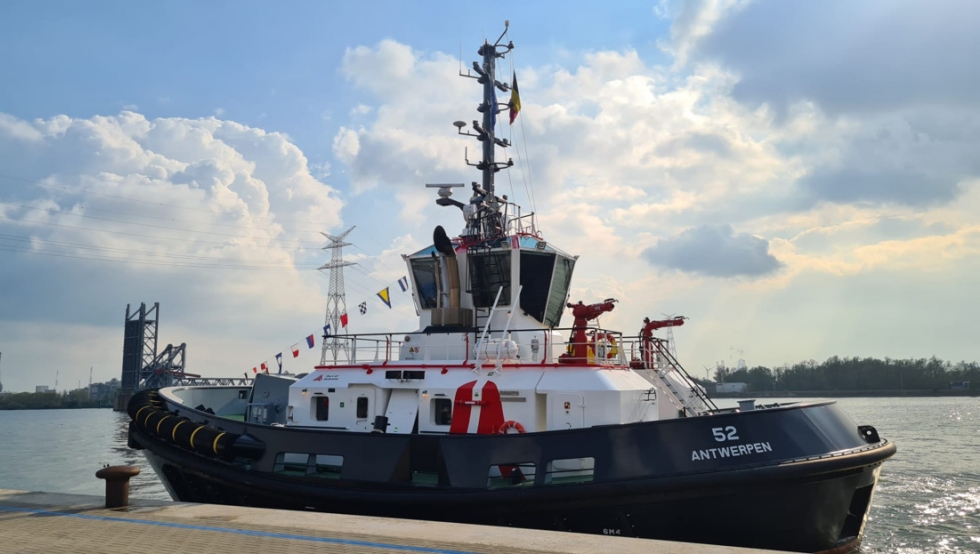|
Port of Antwerp Expands Its Fleet with Energy-efficient TugsApril 19, 2021 - Port of Antwerp inaugurated three new RSD tugs on 19 April 2021. This expansion forms part of the renewal and greening of the fleet, in which Port of Antwerp is focusing on the introduction of sustainable and energy-efficient vessels. In 2020, 14,000 seagoing vessels and 57,000 inland navigation craft called at the port of Antwerp. To guide all those vessels safely and smoothly from the locks to their moorings and vice versa, Port of Antwerp carries out 19,000 towing operations behind the locks every year, both on the right and the left bank. In order to bring all those towage tasks to a successful conclusion, Port of Antwerp has 18 operational tugs and 250 colleagues on standby 24/7, 365 days of the year. In September 2020, Port of Antwerp purchased its first RSD tug from Multraship NV and this was followed by the purchase of two additional vessels. RSD stands for Reversed Stern Drive and means that the tug was designed according to the double-bow principle. This allows it to be used dynamically as a front and rear tug. What is more, the tug is more energy-efficient thanks to its specific design and is equipped with a nitrogen oxide filter to comply with IMO Tier III regulations. The new tugs were designed by the shipbuilder Damen. Intensive trainingIn order to prepare the crew and technical staff for the arrival of these new vessels, they received intensive training lasting several months. That training consisted of a nautical part concerning learning to sail with rudder propellers and a technical part concerning knowledge of ship systems on board, maintenance and troubleshooting. This intensive and sustainable training was internally driven and externally facilitated by Multraship NV and Damen. Greening the fleet and making it more sustainablePort of Antwerp manages a fleet of 32 vessels, consisting of tugs, dredgers and support vessels. This fleet is responsible for almost 85% of Port of Antwerp's total CO2 emissions. In order to minimise that impact, a multi-year project to renew, green and optimise the fleet was set in motion. In addition to purchasing new tugs, the company is also looking at data in order to improve its processes. One of the ways it is doing this is by collaborating with partners such as Optiport, which developed a tool to optimise the planning of towage tasks, and Cognauship, which will work on the consumption of Port of Antwerp's own tugs. SOURCE: Port of Antwerp |

